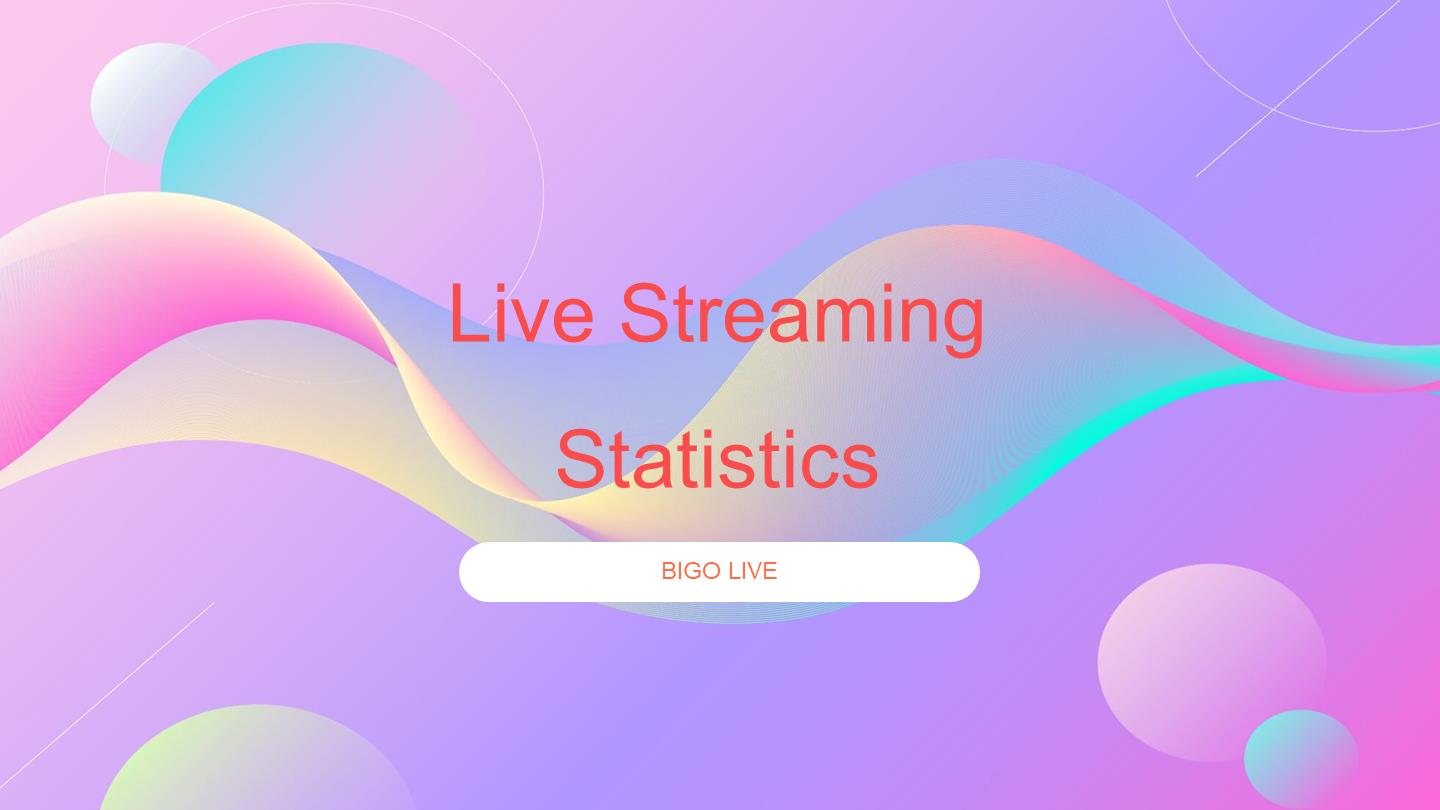Streaming has become a popular career choice in recent years, but many people wonder: what exactly does a streamer do all day?
While it may seem like streamers simply play video games or chat with their audience for a few hours, the reality is far more complex and demanding.
Let’s take a closer look at a typical day in the life of a professional streamer.
The Basics of Streaming
At its core, streaming involves broadcasting live content to an online audience. Streamers can focus on various types of content, including:
- Video game playthroughs
- Talk shows and podcasts
- Music performances
- Art creation
- Educational content
- Real-life events and activities
Regardless of the specific content, the primary goal of a streamer is to entertain, engage, and grow their audience.
The Streamer’s Routine: What Does a Streamer Do All Day?
Pre-Stream Preparation
Before going live, streamers engage in a variety of preparatory tasks to ensure a smooth and engaging broadcast:
Technical Setup and Testing
- Set up and test audio and video equipment
- Configure streaming software
- Check internet connection stability
- Troubleshoot any technical issues
Content Research and Planning
- Stay updated on current events or trends related to their niche
- Prepare talking points or scripts for the stream
- Select games or activities to feature
- Brainstorm new ideas to keep the content fresh and engaging
Social Media Engagement
- Post stream announcements on various platforms
- Engage with followers to build anticipation for the upcoming stream
- Respond to comments and messages from previous streams
Personal Preparation
- Exercise or engage in physical activity to energize for the stream
- Eat a meal and hydrate to maintain energy levels
- Get into the right mindset for performing and entertaining
The Live Stream
The main event of a streamer’s day is the live broadcast itself. During this time, the streamer:
Content Delivery
- Performs the planned content (e.g., playing games, discussing topics, demonstrating skills)
- Adapts to unexpected situations or technical difficulties
- Maintains energy and enthusiasm throughout the broadcast
Audience Interaction
- Engages with viewers through chat
- Responds to donations and subscriptions
- Moderates the chat to maintain a positive environment
Technical Management
- Manages stream overlays and alerts
- Monitors stream health and audio/video quality
- Quickly addresses any technical issues that arise
Multitasking
- Balances gameplay or primary content with chat interaction
- Keeps track of time and pacing of the stream
- Manages any collaborations or guest appearances
Post-Stream Activities
A streamer’s work doesn’t end when the broadcast does. After the stream, they typically engage in several important activities:
Stream Review and Analysis
- Check the stream summary and analytics
- Review the VOD to ensure audio balance and overall quality
- Make notes on what worked well and areas for improvement
Community Engagement
- Raid another streamer’s channel to support the community
- Mingle in other streams to network and support fellow creators
- Respond to messages or emails received during the stream
Content Creation and Editing
- Edit highlights from the stream for YouTube or other platforms
- Create clips of memorable moments from the stream
- Plan content for social media posts
Self-Care and Recovery
- Eat a meal to replenish energy
- Take time to relax and decompress from the performance
- Engage in personal hobbies or spend time with family and friends
Planning for Future Streams
- Update the content calendar based on stream performance
- Research new ideas or trends to incorporate into future broadcasts
- Reach out to potential collaborators or sponsors
Technical Maintenance
- Update software and equipment as needed
- Address any persistent technical issues encountered during the stream
- Research new tools or techniques to enhance stream quality
By engaging in these post-stream activities, streamers ensure that they’re constantly improving their content, maintaining their community, and preparing for future success.
Conclusion
As we can see, the life of a professional streamer is far more demanding than simply “playing video games all day.” It requires a diverse skill set, including content creation, technical proficiency, business acumen, and excellent communication skills.
Streamers must constantly adapt to new trends, manage their personal brand, and maintain a consistent presence online.
While the specific schedule may vary from streamer to streamer, one thing remains constant: the dedication and hard work required to build and maintain a successful streaming career.
From meticulous preparation before going live to the intense focus during the stream, and the crucial follow-up activities afterward, streaming is a full-time job that extends well beyond the hours spent on camera.
For those considering a career in streaming, understanding these behind-the-scenes responsibilities is crucial. It’s not just about being entertaining on camera; it’s about running a business, managing a community, and constantly striving for improvement. The most successful streamers are those who embrace all aspects of the job, both in front of and away from the camera.







